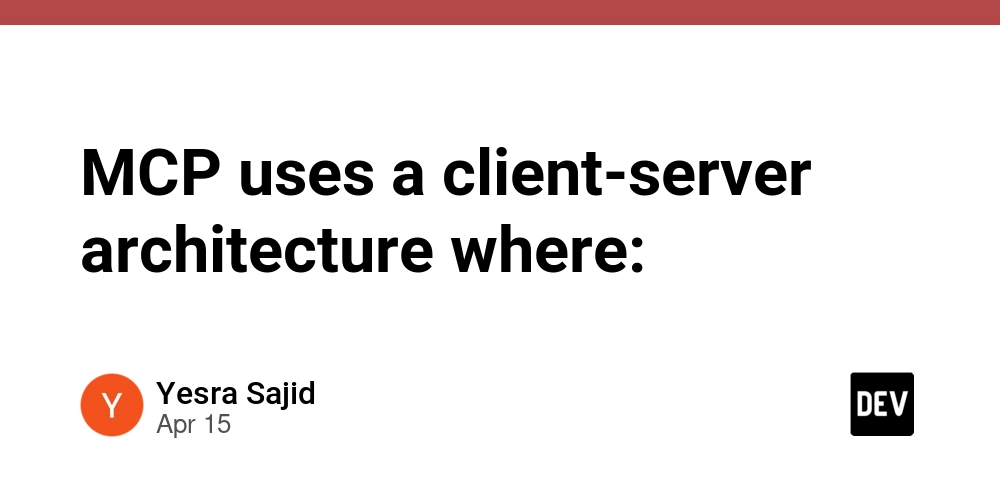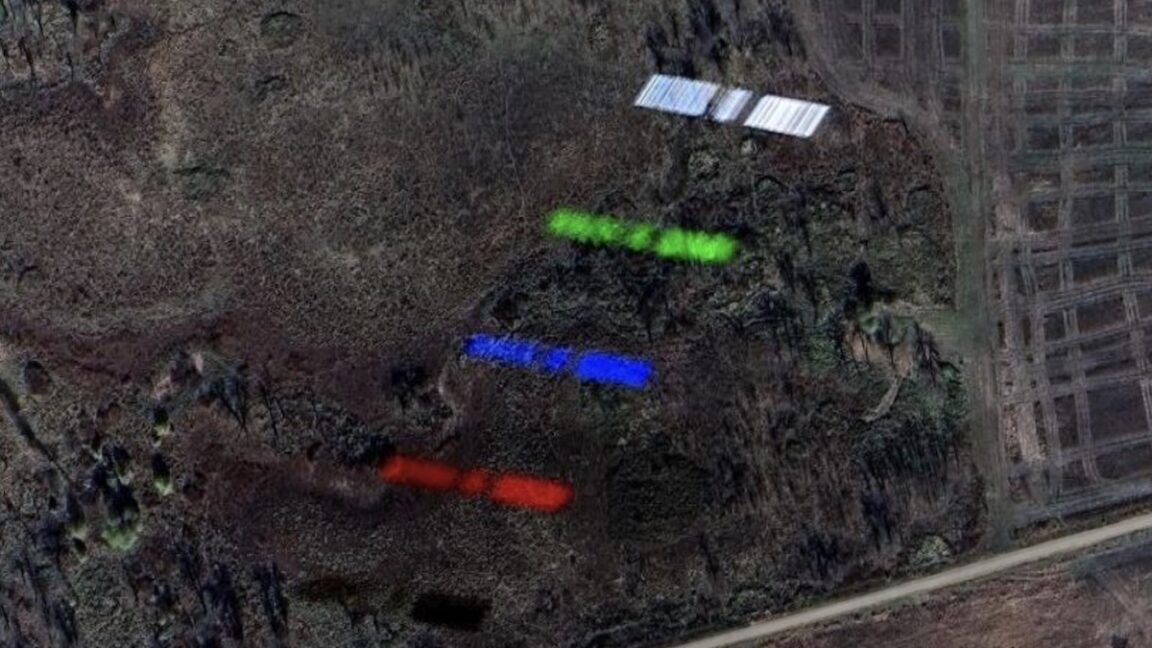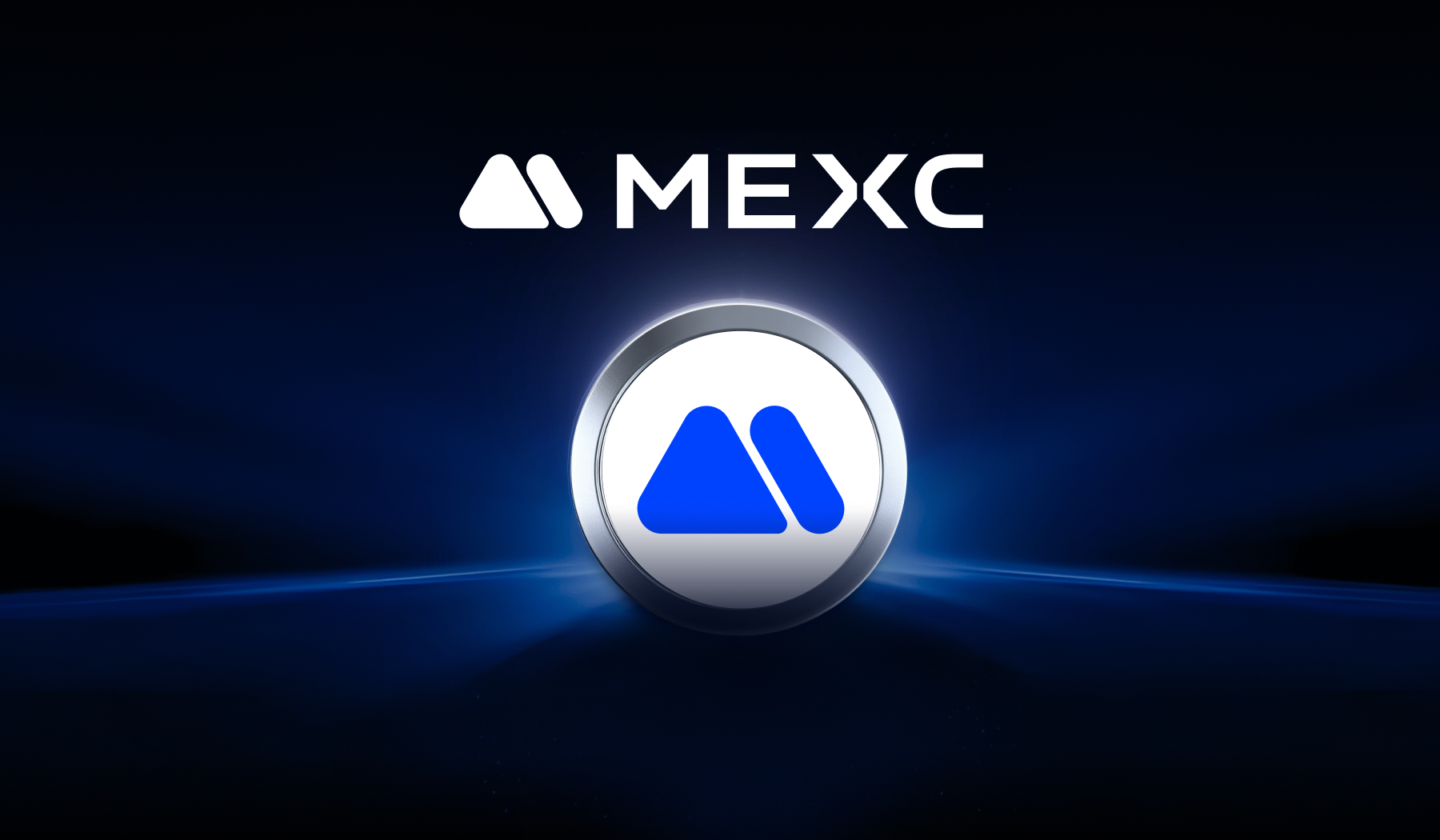CISOs Turn to Cyber Risk Quantification to Bridge the Gap Between Security and Business
Cyber Risk Quantification (CRQ) represents a fundamental shift in how organizations approach cybersecurity management. By transforming technical security metrics into financial terms that business executives understand, CRQ bridges the longstanding communication gap between security professionals and business leaders. In an era where cyber threats pose increasingly significant financial risks to organizations, the ability to express […] The post CISOs Turn to Cyber Risk Quantification to Bridge the Gap Between Security and Business appeared first on Cyber Security News.
.webp?#)
Cyber Risk Quantification (CRQ) represents a fundamental shift in how organizations approach cybersecurity management.
By transforming technical security metrics into financial terms that business executives understand, CRQ bridges the longstanding communication gap between security professionals and business leaders.
In an era where cyber threats pose increasingly significant financial risks to organizations, the ability to express these risks in monetary terms has become not just valuable but essential for effective governance and decision-making.
Cyber Risk Quantification
Cyber Risk Quantification calculates risk exposure and its potential financial impact on an organization in business-relevant terms, providing a way for organizations to drive alignment between security strategy and business objectives.
This approach has transformed conversations around cybersecurity posture from the data center to the boardroom, enabling improved cyber risk decision-making at the executive level.
Traditional approaches to communicating cyber risk have relied heavily on technical jargon and subjective assessment methodologies—often utilizing simplistic red, yellow, and green indicators that fail to convey the true business implications of security vulnerabilities.
CRQ addresses this challenge by calculating the expected monetary loss from potential cyber incidents, creating a common language that resonates with C-suite executives and board members.
At its core, CRQ provides a quantifiable measure of risk through the formula: Breach Risk = Breach Likelihood × Breach Impact. This calculation considers multiple factors including vulnerability severity, threat level, exposure to critical assets, and potential business impact.
Implementing Effective CRQ Strategies
Implementing Cyber Risk Quantification requires a systematic approach that combines data science, risk management principles, and business acumen. Organizations must first decide whether to adopt a top-down or bottom-up methodology based on their specific needs and maturity level.
The top-down approach provides a strategic overview suitable for high-level decision-making, while the bottom-up approach offers detailed operational insights but may present challenges with scalability.
Regardless of the chosen methodology, effective implementation demands accurate data collection across multiple domains, including threat intelligence, asset inventory, vulnerability management, and business impact analysis.
Organizations must develop comprehensive models that account for both direct costs (such as regulatory fines and forensic investigations) and indirect costs (like reputational damage and lost business opportunities).
- Establishing Financial Risk Tolerance Thresholds: Defining risk appetite in monetary terms helps organizations prioritize security investments aligned with business objectives.
- Standardizing Measurement Methodologies: Consistent risk quantification requires adopting frameworks to ensure cross-departmental comparability.
- Integrating CRQ with Governance Frameworks: Linking cyber risk outputs to ERM systems ensures cybersecurity becomes a boardroom priority.
- Implementing Continuous Risk Monitoring: Real-time CRQ platforms automatically update risk calculations using threat intelligence feeds and vulnerability scans.
- Developing Executive-Focused Risk Visualizations: Dashboards translate complex risk data into intuitive formats for non-technical leaders to grasp financial exposure levels.
The most effective CRQ implementations don’t operate in isolation but integrate with existing security tools and business intelligence platforms.
By leveraging data already collected through vulnerability scanners, threat intelligence feeds, and asset management systems, organizations can reduce the burden of manual data collection while improving the accuracy of their risk calculations.
Leveraging CRQ for Strategic Decision-Making
When properly implemented, Cyber Risk Quantification becomes a powerful tool for strategic decision-making across the organization.
By expressing cyber risks in financial terms, security leaders can engage in meaningful discussions about risk transfer, acceptance, mitigation, or avoidance strategies based on a shared understanding of potential business impacts.
CRQ enables executives to make informed decisions about security investments by comparing the cost of security controls against the expected reduction in financial risk.
According to the recent report, This approach transforms security from a cost center to a business enabler by demonstrating the tangible value of security initiatives. For example, a proposed $1 million investment in enhanced security controls can be justified by showing it would reduce the organization’s expected annual loss by $5 million creating a clear business case with a demonstrable return on investment.
Beyond justifying individual security investments, CRQ provides valuable inputs for broader business decisions, including merger and acquisition due diligence, new product development, and digital transformation initiatives.
By quantifying the cyber risks associated with these strategic moves, organizations can factor security considerations into business decisions from the outset rather than addressing them as an afterthought.
In the context of increasing regulatory requirements and board-level accountability for cyber risk, CRQ also provides the documentation and metrics needed to demonstrate due care and adequate risk management.
This capability is becoming increasingly important as regulators and shareholders demand greater transparency around cyber risk management practices and their effectiveness at protecting organizational value.
Find this News Interesting! Follow us on Google News, LinkedIn, & X to Get Instant Updates!
The post CISOs Turn to Cyber Risk Quantification to Bridge the Gap Between Security and Business appeared first on Cyber Security News.











































































































































































![[The AI Show Episode 144]: ChatGPT’s New Memory, Shopify CEO’s Leaked “AI First” Memo, Google Cloud Next Releases, o3 and o4-mini Coming Soon & Llama 4’s Rocky Launch](https://www.marketingaiinstitute.com/hubfs/ep%20144%20cover.png)








































































































































































































































.png?#)








-Baldur’s-Gate-3-The-Final-Patch---An-Animated-Short-00-03-43.png?width=1920&height=1920&fit=bounds&quality=70&format=jpg&auto=webp#)























_Aleksey_Funtap_Alamy.jpg?width=1280&auto=webp&quality=80&disable=upscale#)












































































































![Apple's Foldable iPhone May Cost Between $2100 and $2300 [Rumor]](https://www.iclarified.com/images/news/97028/97028/97028-640.jpg)
![Apple Releases Public Betas of iOS 18.5, iPadOS 18.5, macOS Sequoia 15.5 [Download]](https://www.iclarified.com/images/news/97024/97024/97024-640.jpg)
![Apple to Launch In-Store Recycling Promotion Tomorrow, Up to $20 Off Accessories [Gurman]](https://www.iclarified.com/images/news/97023/97023/97023-640.jpg)





































































































































